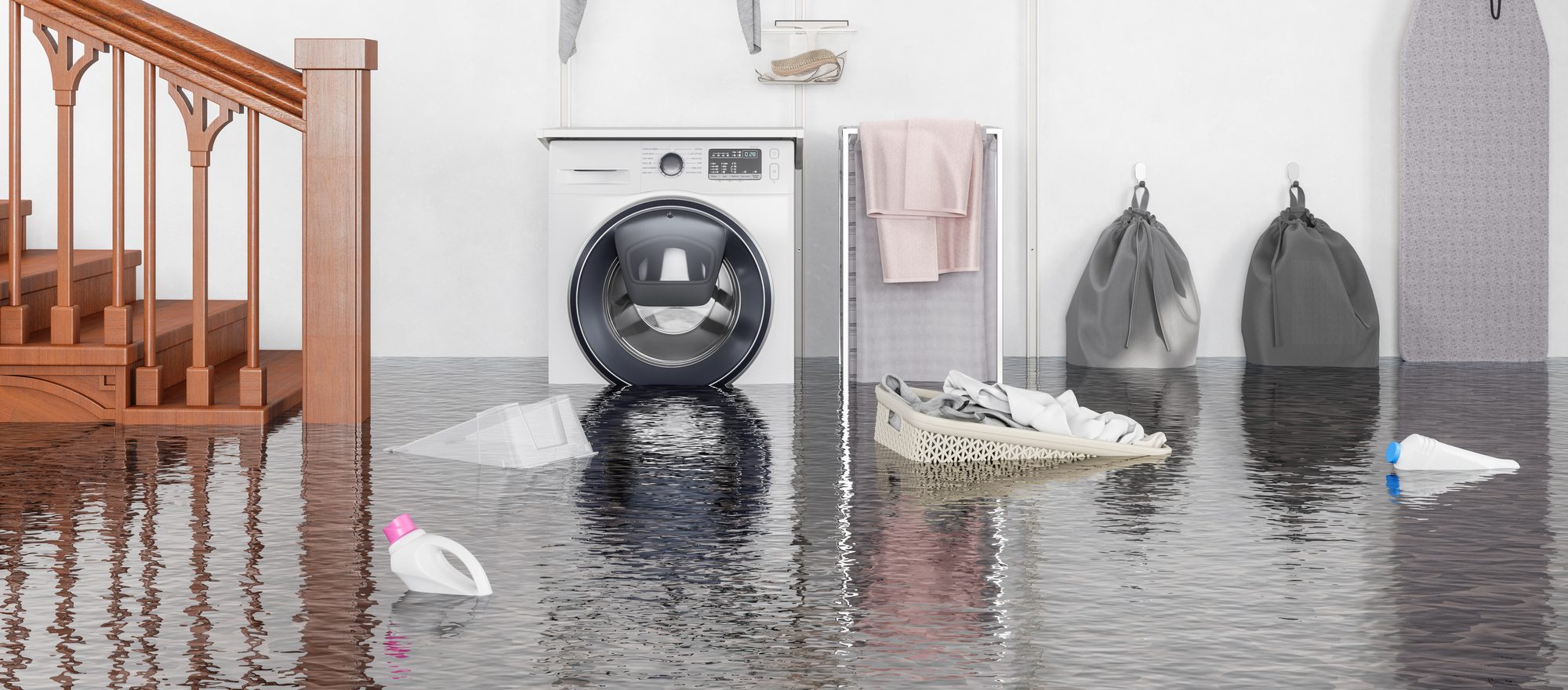By: Joanna Birns
Household water leaks are responsible for an absolutely staggering amount of water waste with the average American household wasting an average of 10,000 gallons/year to leaks. All of this waste amounts to a whopping 1 trillion gallons of water/year or roughly 59 billion showers.
How to stop a leaking pipe
Leaking pipes may be just a drop or two… but left attended, a leaking pipe might cause mold build up or erosion to the foundation of your home. Luckily, small leaks in your pipes can be pretty easy to fix!
Heads up: some leaks are best left up to the pros! To minimize further potential damage from a leak, please contact your local plumbing professional.
- After locating the leak, turn off the water in that area (or in the entire house if you don’t have the option to turn off just the area with the leak).
- Next, drain the water in the pipe by running a faucet until water stops coming.
- If you have some available, epoxy putty is a great way to patch up a pipe. Tear off the putty you need and knead it over the tear. Make sure you follow the instructions on the epoxy putty to be sure you’re installing it correctly.
- If you don’t have any epoxy putty, you can use plumber’s tape (also known as “pipe leak tape”). Wrap the tape around the tear, making sure to follow the instructions listed on the tape.
- Once you think you’ve caught and fixed your leak, turn back on your water. Before using any appliances, check your Flume app to see if any water is being used. If no water usage appears – congrats! You’re leak free!
How to stop a running toilet
There are a couple problems that could contribute to your running toilet. Test all the following to make sure you put a stop to your running toilet.
- First, turn off the water to your toilet. You can usually find a knob behind your toilet.
- Then, remove the tank lid. Check the flapper by pressing your finger around the flapper’s edges. If your toilet stops running, then it’s likely that your flapper seal is bad. Head to your local hardware store to buy a replacement flapper. Here’s a diagram of the parts of the toilet if you have questions!
- If that doesn’t solve your problem, try checking your float. Toilets have two types of floats: ball floats and cup floats. If the float is too high, the water level will rise above the overflow pipe and the tank will never stop draining. To fix this, you can either replace the float or adjust the length of the float. Check out this video if you’re having trouble!
- If you’re having trouble visualizing this,
How to stop a major leak
We hope you never do… but if you find yourself face to face with a major leak, call a professional immediately and follow these steps to mitigate damage until they arrive.
- After shutting off the main water valve, let a faucet run to drain the pipes.
- Then, look for Plumber’s tape or epoxy to fix the pipe. While these are the same materials you may use on a small pipe leak, you’ll likely need significantly more for a major pipe leak.
- If tape and epoxy aren’t working, try grabbing a block of wood and a c-clamp. The block of wood will spread the pressure while the c-clamp holds the wood in place. This isn’t a permanent solution, but will work until a professional arrives.
- If your leak left a puddle of water behind, try to get rid of this using a mop or buckets. This will prevent any damage to your home and valuables.
- Open doors or cabinets that cover the pipe to make sure the damp area can air out.
We hope your household stays leak-free! If you do run into a leak, there are DIY, quick ways to put a stop to the leak. If you don’t feel comfortable, you can always call a professional. Flume Insight members get 15% select services from Angi Home Repair.



